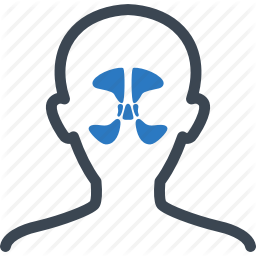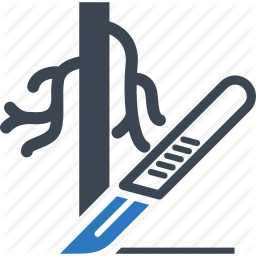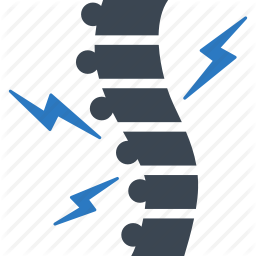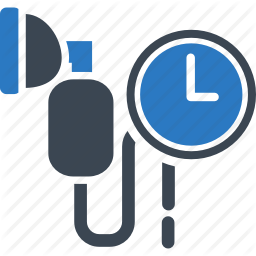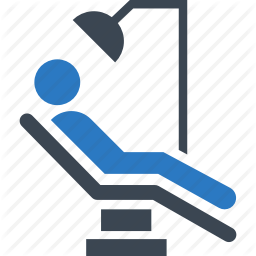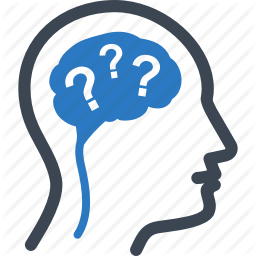
The physicians of Neurosurgery of Kalamazoo understand the physical and medical implications of a brain tumor diagnosis. We fully comprehend the emotional toll a brain tumor diagnosis can have on a patient and their family. That’s why Neurosurgery of Kalamazoo is proud to offer comprehensive brain tumor care, from advanced surgical procedures to patient support and counseling.
Neurosurgery of Kalamazoo provides specialized medical care for patients with primary benign tumors, malignant tumors or brain metastasis from another part of the body. Our practice is a major brain tumor center, performing various brain tumor related procedures every year. Most importantly, the physicians and staff of Neurosurgery of Kalamazoo are here every step of the way to give brain tumor patients a clear direction, and a clear advantage.
